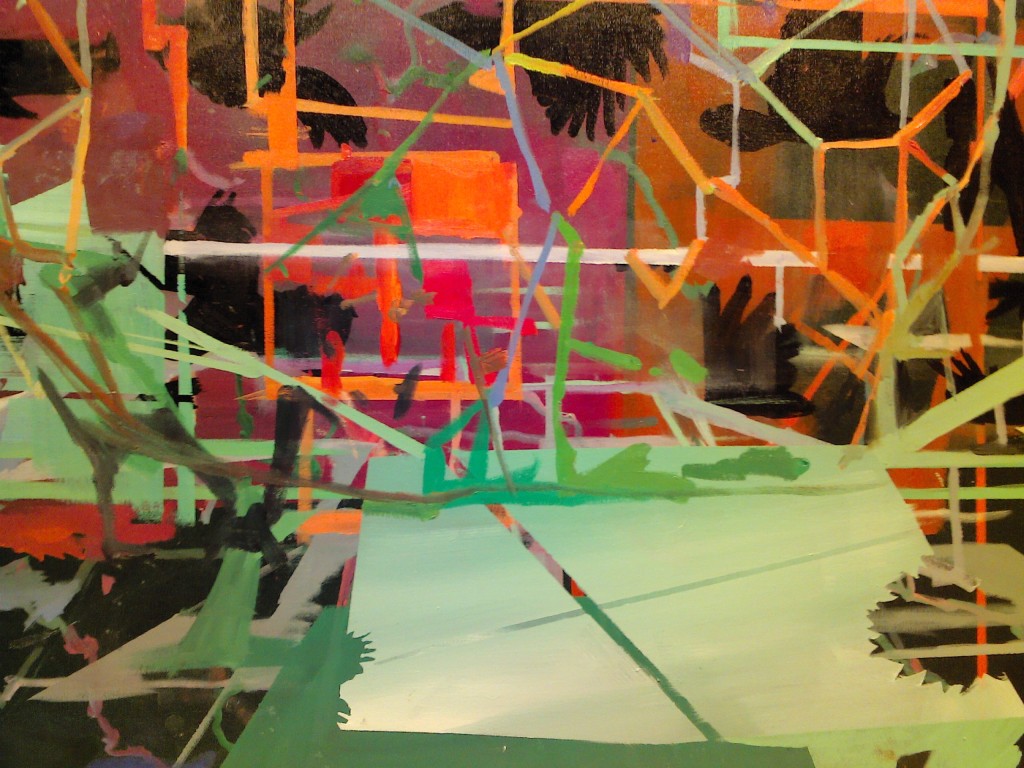Long Beach Museum of Art
2003 E. Ocean Blvd.
Long Beach, CA 90803
On Exhibit – Now through April 21, 2019
The publicity for LBMA’s current exhibition focuses on the artists and the titles of their individual presentations. There is no hint of how the museum’s space is apportioned. On opening night, I was startled at the amount of space given to LeRoy Grannis’s photographs of surfing as an instance of utopia. Filling the entire bottom floor with images of youthful joy was perhaps the right curatorial decision in terms of luring visitors to this group show, but the juxtaposition with the other two artists on the top floor might well mute the viewers’ afterglow. On one hand, “Cult to Culture” is unusually unfamiliar. I don’t recall seeing anything quite as emotionally committed to the subject of surfing. While there are a few photographs that reveal the extraordinary pleasure of becoming totally absorbed into the ocean’s churning incantations, the majority of them implore us to stop and meditate on the intimate vulnerability of this sport.
Upstairs, the dystopia that was held at bay while surfing moved from a fringe obsession to a major cultural trope confronts viewers without any caution lights. Sandow Birk’s large-scale works take on the inner contradictions of the manifest destiny that culminated in the apotheosis of the surfboard. If his “Monumental” works depict the textual subversions of the alleged ideals of the political experiment called the United States, Marie Thibeault’s four large canvases, supplemented by a score of preparatory drawings, reveal the complex consequences of an industrialized society on some of our most familiar emblems of nature. In Thibeault’s tug-of-war between the intertwined girders and stanchions of industrial largesse and the need of animals such birds to find their way out of this maze, the apertures are ever shrinking. It is easier to be a climate change denier than an apocalypse denier. For one thing, the preponderance of evidence in favor of systematic collapse is all too believable. Somehow, though, Thibeault’s reminders of our actual ground conditions suggest that we might yet reverse course. If not quite justifiable optimism, her work aligns itself with Birk’s to ask us to work towards a restoration of a world that only seemed imagined in Grannis’s photographs. Somehow we must renew the primacy of pleasure as the most feasible potential access to a future equilibrium, if we are to motivate ourselves to undertake a daunting metamorphosis. It is in this dialectical reconciliation that visitors to this important group show will be rewarded for their own thoughtful commitment to the imagination.
=

 About Bill Mohr
About Bill Mohr